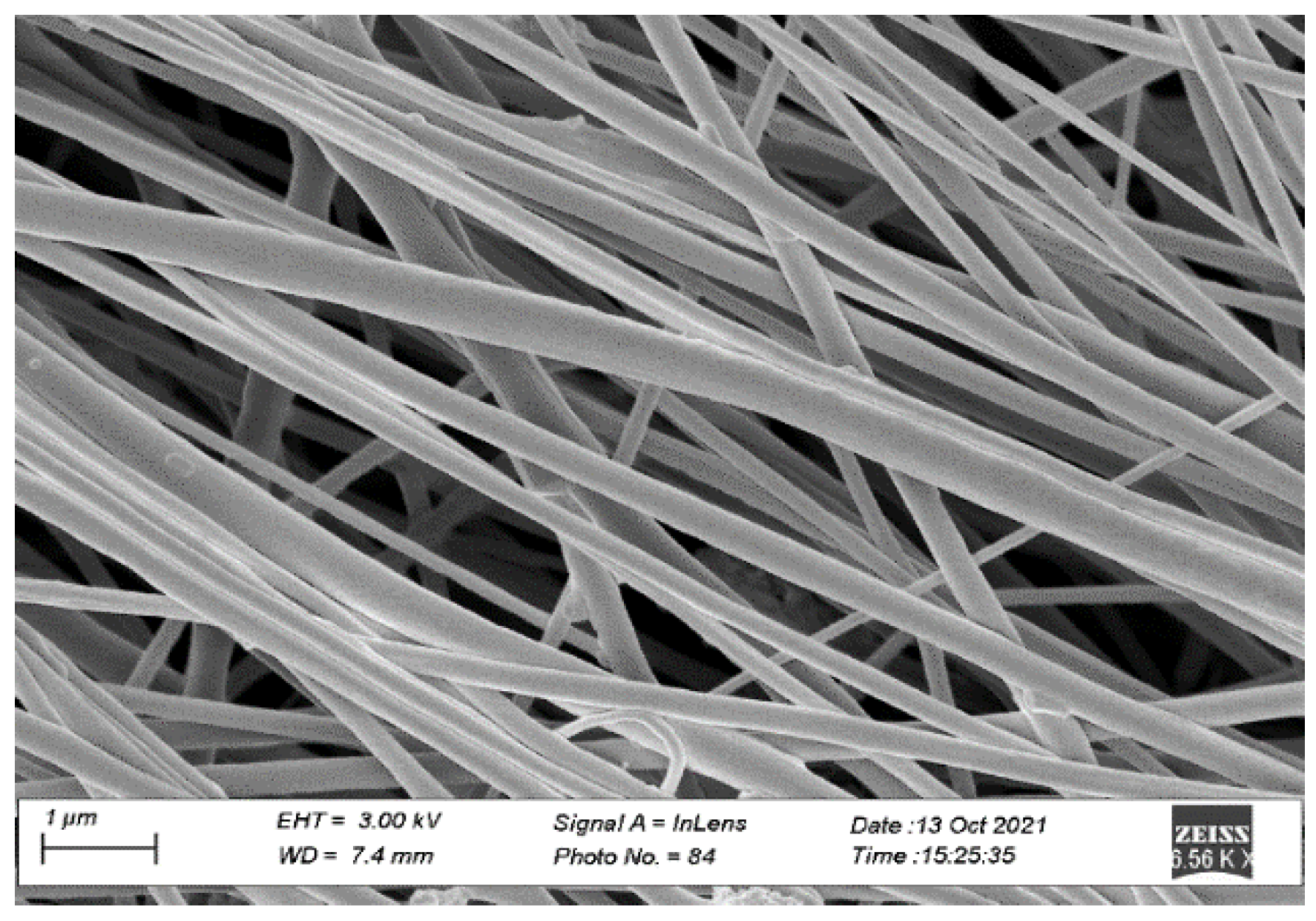Therapeutic solutions for nerve injuries are limited to small gaps in peripheral nerves (PNs). Very small gaps are closed by suturing the nerve stumps, while nerve grafts (NGs) or artificial nerve conduit scaffolds (NCs) can be used to treat lesions up to a critical gap. Bridging the gap with an NG/NC promotes axonal regrowth and, therefore, reconnection between proximal and distal segments of the lesion. However, Wallerian degeneration at the distal segment proceeds during the delayed axonal regeneration through large gaps, leading to an impaired or absent repair and functional recovery. NCs suppress limitations associated with NGs, such as availability, donor site morbidity, pain and immune reaction. Furthermore, they can be provided with regenerative stimulus for cells. It has been proved that aligned electrospun fibers guide axonal regrowth and that electrical stimulation applied through a cell-supporting scaffold guides neurite growth. Although there are indications that the application of electrical stimuli may contribute to the regeneration of the nervous tissue, there are still no biomaterials with adequate conductivity to apply these stimuli.
In this work, scaffolds made of a biopolymer (polycaprolactone, PCL), doped with the conducting polymer Poly(3,4-ethylenedioxythiophene) (PEDOT) and the ionic liquid (IL) 1-Ethyl-3-methylimidazolium bis(trifluoromethylsulfonyl)imide ([EMIM][TF2N]), were studied, envisioning the optimization of their conductivity to apply electrical stimulation to neuronal cells. First, PEDOT was synthesized by the chemical polymerization of 3,4-ethylenedioxythiophene (EDOT) monomers in solution. For the synthesis, EDOT was dispersed in [EMIM][TF2N], and Iron Tosylate (III) (FeTos), dissolved in ethanol, was used as oxidant. The obtained PEDOT particles, dispersed in ethanol, were analyzed by UV-Vis-NIR spectroscopy to assess the presence of polaronic bands indicative of the polymer conductive state, showing high absorbance values in the polaron and bipolaron bands.
Fibers were then electrospun from PCL solutions, doped with PEDOT and [EMIM][TF
2N], whose electrospinning parameters were adjusted. The mass proportions of the fiber constituents were fixed at PCL:PEDOT:[EMIM][TF
2N] = 10:2:1. To induce fiber alignment, a cylindrical rotating collector was used. SEM images of the scaffolds show beaded-free fibers with a preferential direction of alignment (
Figure 1). Doping decreased the degree of alignment and fiber diameter relative to that of undoped ones. Moreover, the results from the analyses by FTIR and EDS confirm the presence of PEDOT and EMIM[TF
2N] trapped inside the PCL fibers. Current-tension plots obtained for the electrospun scaffolds indicate a considerable increase in electrical conductance, mainly due to the presence of EMIM[TF
2N].
In vitro assays did not reveal cytotoxic effects associated to the extracts of the doped electrospun scaffold. Cells from the SH-SY5Y neuronal cell line, when seeded on this scaffold, were shown to be able to adhere.
Author Contributions
Conceptualization, C.R.H.; methodology, J.P.B. and C.R.H.; validation, J.P.B. and C.R.H.; formal analysis, J.D., L.P. and N.R.; investigation J.D., L.P. and N.R.; resources, J.P.B. and C.R.H.; data curation, C.R.H.; writing—original draft preparation, N.R.; writing—review and editing, J.P.B. and C.R.H.; supervision, C.R.H.; project administration, C.R.H.; funding acquisition, J.P.B. and C.R.H. All authors have read and agreed to the published version of the manuscript.
Funding
This work is co-financed by FEDER, European funds, through the COMPETE 2020 POCI and PORL and National Funds through FCT—Portuguese Foundation for Science and Technology—and POR Lisboa2020, under the projects PIDDAC (POCI-01-0145-FEDER-007688, reference UIDB/50025/2020–2023) and PTDC/CTM-COM/32606/2017 (NEURiTES).
Institutional Review Board Statement
Not applicable.
Informed Consent Statement
Not applicable.
Data Availability Statement
Not applicable.
Conflicts of Interest
The authors declare no conflict of interest.
| Publisher’s Note: MDPI stays neutral with regard to jurisdictional claims in published maps and institutional affiliations. |
© 2022 by the authors. Licensee MDPI, Basel, Switzerland. This article is an open access article distributed under the terms and conditions of the Creative Commons Attribution (CC BY) license (https://creativecommons.org/licenses/by/4.0/).








